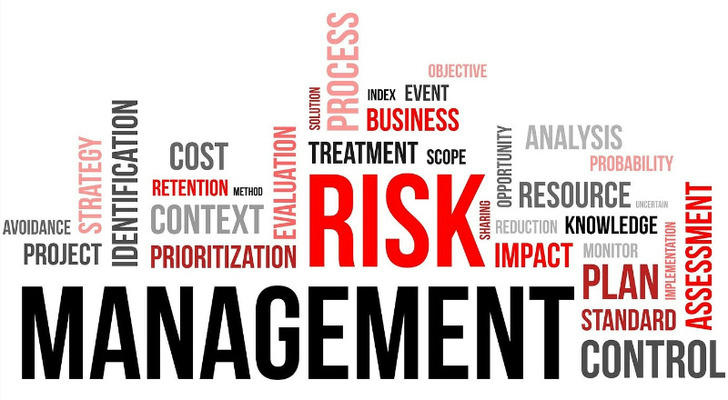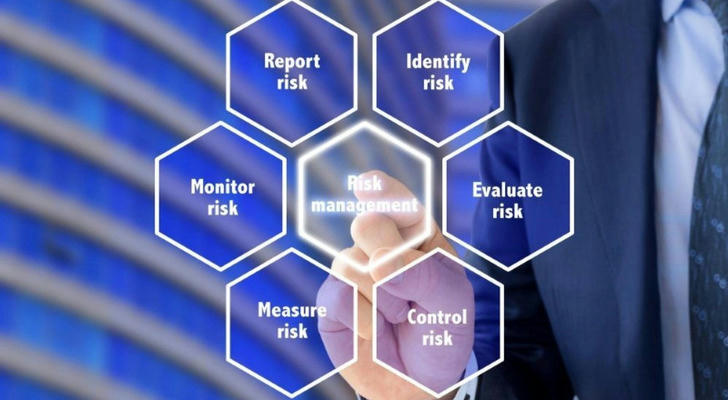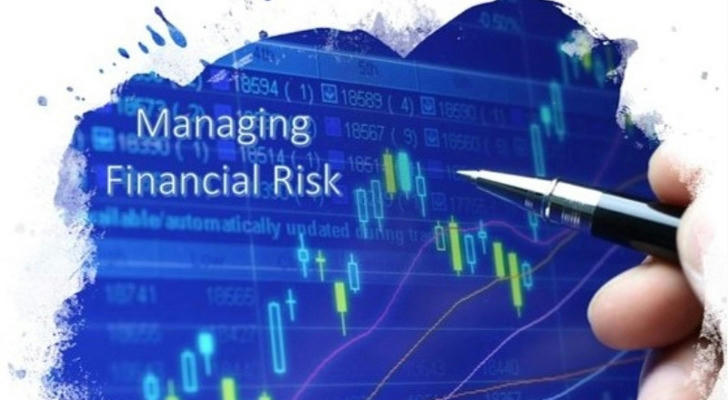The Financial Risk Manager (FRM) Certification: Curriculum, Professional Impact, and Strategic Implementation

The Financial Risk Manager (FRM) certification, administered by the Global Association of Risk Professionals (GARP), is a globally recognized benchmark for professionals navigating financial risk management. With over 80,000 certified practitioners as of 2025, the FRM credential validates expertise in identifying, quantifying, and mitigating risks across domains such as market volatility, credit defaults, and operational disruptions. This article explores the certification's evolving curriculum, strategic alignment with industry demands, and actionable steps for candidates to achieve success.
I. FRM Certification: A Synthesis of Rigor and Relevance
The FRM program, established in 1996, has evolved to address emerging risks like climate change and decentralized finance (DeFi). Its curriculum is endorsed by regulators such as the Bank for International Settlements (BIS) and integrates practical frameworks from Basel III/IV and the Task Force on Climate-related Financial Disclosures (TCFD). Key distinctions include:
Global Recognition: The FRM is listed as a nationally accredited qualification in China, with cities like Shanghai offering residency incentives for certified professionals.
Academic Rigor: The UK National Recognition Information Centre (UK ENIC) equates the FRM to a postgraduate degree in financial risk management.
II. Curriculum Design: Bridging Theory and Industry Practice
The FRM's two-tiered curriculum emphasizes both foundational knowledge and advanced application.
Level I: Foundational Competencies
Level I focuses on four core domains:
Risk Management Foundations (20%): Covers governance frameworks, ethical standards, and Basel regulations. Case studies include the 2008 financial crisis and recent supply chain disruptions.
Quantitative Analysis (20%): Tools such as Monte Carlo simulations and machine learning models for stress testing.
Financial Markets and Products (30%): Derivatives, fixed-income securities, and structured products, with emphasis on real-world trading platforms like Bloomberg Terminal.
Valuation and Risk Models (30%): Techniques like Value-at-Risk (VaR) and credit scoring models, incorporating Python programming for real-time analysis.

Level II: Strategic Risk Leadership
Level II advances into specialized areas:
Market Risk Measurement (20%): Expected shortfall models and volatility forecasting aligned with post-SVB collapse recalibrations.
Operational Resilience (20%): Cybersecurity protocols and regulatory compliance, referencing the EU's Digital Operational Resilience Act (DORA).
Climate Risk Integration (10%): TCFD-aligned frameworks for assessing carbon transition risks in portfolios.
III. Examination Strategy: Practical Preparation Tactics
The FRM exam's historically low pass rates (40–50%) demand disciplined preparation:
Language Proficiency: While no formal English certification is required, candidates should master 1,500+ financial terms (e.g., "liquidity gap analysis") and practice with GARP's mock exams.
Time Management: A 300-hour study plan, split into 12 weeks, with daily drills using tools like MATLAB for quantitative modeling.
Scenario-Based Learning: Focus on GARP's Advanced Risk Management Case Studies to interpret multi-page qualitative questions.
IV. Post-Certification: Continuing Professional Development (CPD)
FRM holders must complete 40 hours of annual CPD activities, including:
Regulatory Workshops: Updates on SEC climate disclosure rules and China's 2025 banking compliance mandates.
Industry Research: Access to GARP's Risk Review journal and participation in the Benchmarking Initiative for cross-sector best practices.
Networking: Membership in regional chapters and global forums for collaboration on emerging risks like AI governance.

V. Career Pathways and Regional Opportunities
The FRM's value extends across sectors and geographies:
Asia-Pacific Growth:
China: State-owned banks mandate FRM certification for senior risk roles, per the China Banking Association's 2024 directive.
India: SEBI recognizes FRM as equivalent to NISM Level VIII for portfolio managers.
Cross-Industry Demand:
Fintech: Firms like Ant Group prioritize FRM-certified professionals for blockchain risk assessments.
Energy Trading: FRMs design hedging strategies for oil price volatility using derivatives expertise.
VI. Comparative Advantage: FRM vs. Competing Certifications
While the CFA and PRM certifications overlap in content, the FRM's specialized focus on risk quantification (e.g., 30% credit risk coverage vs. CFA's 15%) positions it uniquely for roles in derivatives trading and regulatory affairs. Additionally, its alignment with Basel standards ensures compliance readiness for global institutions.
VII. Future-Ready Adaptations
GARP's 2025 curriculum updates include:
AI-Driven Risk Modeling: Integration of quantum computing case studies via a partnership with IBM.
Ethical AI Governance: Modules on mitigating algorithmic bias in automated trading systems.
Conclusion
The FRM certification remains indispensable for professionals aiming to lead in financial risk management. By combining rigorous academics, practical tools, and strategic CPD, the program equips candidates to navigate both current challenges and future disruptions. For those committed to excellence, the FRM is not merely a credential but a career-defining investment in global risk intelligence.
